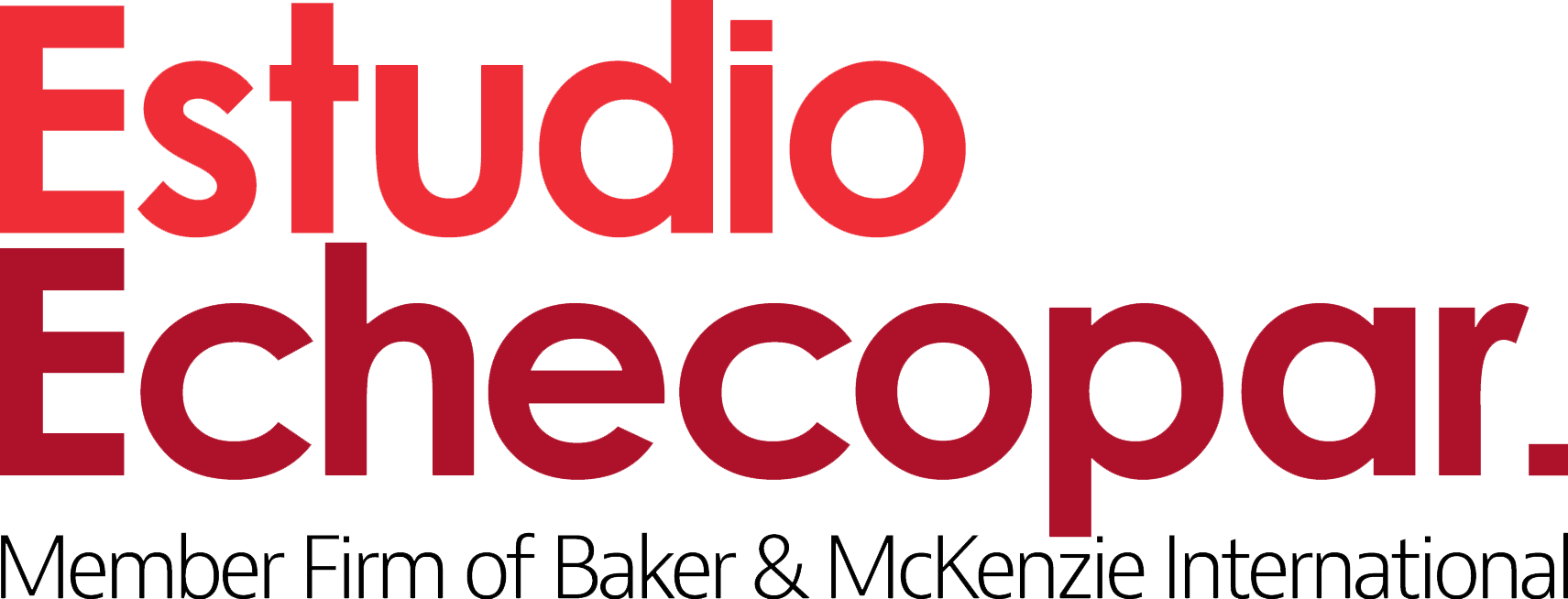In depth
How did the accident occur?
An industrial company dedicated to the food industry hired a general services company for the installation of pipes. During their work, a worker from the contractor died after falling from a height of 8 meters. SUNAFIL verifies that — despite wearing the harness and life line — the worker had not anchored his personal protective equipment (PPE).
What is sanctioned?
SUNAFIL initiated a proceeding against the company contracting the service (the main company), for the infraction of lack of coordination between companies carrying out activities in the same work center. Both in the first and second instance, it is stated that the main company had failed in its duty to coordinate with its contractor in health and safety matters; thus, a fine is imposed considering the totality of the main company's payroll as affected parties.
In view of the above, the TFL decided to return the proceedings to the first instance for the corresponding authority to explain why it considers that the main company had failed in its duty to coordinate, as well as to demonstrate that the failure would have been the cause of the accident.
Mandatory precedent
- The protection of life, dignity and work is the foundation of our legal system. The life and dignity of the worker are not framed in contractual provisions that seek to fragment the employer's responsibility. When a fatal accident occurs, the inspection system must consider these principles.
- It is reasonable that certain conducts prohibited in the labor sphere are severely punished with aggravated fines. For this reason, to calculate the fine, all the employees of the main company's payroll may be considered as affected parties.
- Although the methodology of increasing the amount of the fine through the number of affected parties is reasonable in direct labor relations (between the employer and the worker), its application in cases of subcontracting can generate disproportionate fines. Therefore, when an accident occurs involving subcontracted personnel, the inspectors must carefully analyze the relationship between the main company and the subcontracted worker, prioritizing the facts in order to identify the context and the way in which the relationship between the main company and its contractor develops.
After that analysis, it will be determined which of the following assumptions applies:
- Valid outsourcing (the TFL calls it "full subcontracting without the involvement of workers from the main company"): In these cases, only the contractor company is considered responsible for the accident and the fine must be calculated considering its entire payroll. However, the main company could be sanctioned if it is proven that there was a lack of coordination between the companies and that this infraction was the cause of the accident. Even in this case, the main company's fine is not calculated based on the totality of its payroll.
- Illegal outsourcing (the TFL calls it partial subcontracting with the involvement of workers from the main company").
In these cases, there is "shared" responsibility for the accident. Therefore, the main company will be fined if it is proven that the noncompliance was the cause of the accident. In addition, this fine will be calculated on the basis of the total payroll of the main company.
*******
We hope this information is of relevance to you and your company. Please do not hesitate to contact us if you require any advice in this regard.
Click here to access the Spanish version.

© 2025 Estudio Echecopar. All rights reserved. Estudio Echecopar is a member firm of Baker & McKenzie International, a Swiss Verein with member law firms around the world. In accordance with the common terminology used in professional service organizations, reference to a "partner" means a person who is a partner, or equivalent, in such a law firm. Similarly, reference to an "office" means an office of any such law firm. This may qualify as "Attorney Advertising" requiring notice in some jurisdictions. Prior results do not guarantee a similar outcome.

